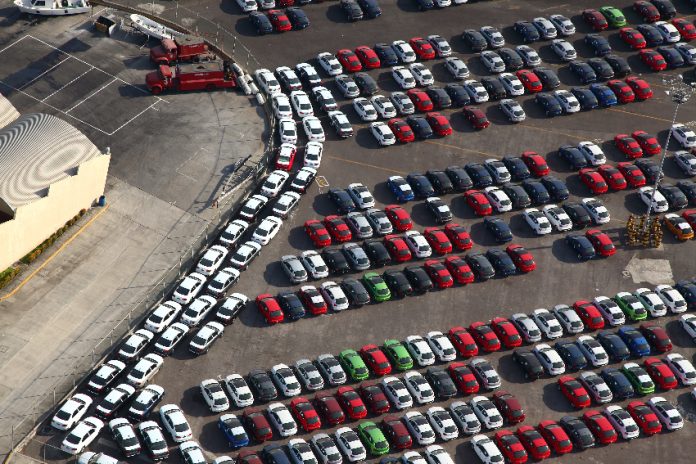Some of you might remember a 1986 Saturday Night Live skit about “The Adobe”, a car produced in Mexico: “the first car to break below the US $200 price barrier”, using “German engineering and Mexican know-how”.
It was creative and funny – classic SNL – but also, in a humorous, lighthearted way, reinforced an image of Mexican manufacturing as cheap and low-quality. At the time, the thought of Mexico manufacturing a high-quality car seemed unthinkable.
Fast forward to 2023. Tesla, the world’s most valuable car company, announced in March that it will build its largest and most modern “gigafactory” in Mexico. How times have changed!
The automotive industry in Mexico has been an incredible success story accounting for nearly 4% of Mexico’s total GDP today, as well as 20.5% of manufacturing GDP. The industry employs over 1 million people. Mexico is seventh-largest passenger car manufacturer in the world, and produces approximately 3 million vehicles annually – of which nearly 90% are exported to other countries.
Auto parts production is an equally important industry here, and Mexico is now the fourth-largest producer of auto parts globally and is worth US $94 billion annually.
The automakers and auto parts companies with plants in Mexico represent the largest companies from around the world, including Ford, GM and Stellantis from the U.S., to Audi, BMW, Mercedes and Volkswagen from Europe, to Baic Group, Honda, Hyundai, Jac by Giant Motors, Kia, Mazda, Nissan, and Toyota from Asia. Many factories are located in the northern states of Mexico near the U.S. border, as well as in more central states like Aguascalientes, Jalisco, Guanajuato, and Puebla. No other country (other than the United States and China) has seen such a broad-based diversity of automotive investment.
And this investment is only set to increase. The United States-Mexico-Canada Agreement (USMCA) – or NAFTA 2.0 – went into effect in 2020, and has some significant provisions affecting the automotive sector. In particular, it requires that by the end of 2023, a minimum of 75% (up from 62.5% under NAFTA) of a vehicle’s content must be produced in North America. This is leading to significant additional investment in Mexico, to ensure that the minimum content percentage is met.
So beyond the immediate job creation and investment, why is this such a big deal for the future of Mexico? Car manufacturers are some of the most sophisticated companies in the world. They have cutting-edge experience in everything from engineering to plant efficiency to water and energy saving practices, to safety culture and logistics. The fact that these companies from around the world have chosen to invest in Mexico has had and will continue to have huge collateral benefits to the economy.
These companies need a well-educated workforce, and also spend significant sums of money to provide additional training on the most advanced business and manufacturing practices in the world to their employees.
These skilled employees then become a source of talent for other industries looking to invest and grow in Mexico. An example is the recently formed Medical Device and Medical Equipment Cluster in the state of Guanajuato. Part of the reason that the cluster chose to open in the state was a well-trained technical workforce already in place as a result of a significant automotive industry presence.
In other words, the “snowball effect” of such significant automotive manufacturing investment from around the world has already begun, and is in fact accelerating. The big auto companies moved first, then the parts companies followed them, and now companies from other industries are coming to take advantage of the skilled workforce. It’s a cycle of investment, education and training that will continue to lead to further investment, job creation, and better standards of living for millions of Mexicans.
That Saturday Night Live skit was funny back in the day, but the strength of Mexico’s automotive manufacturing industry and the benefits it brings to the country today are nothing to laugh at. It is yet another example of the evolution of Mexico on the global economic stage.
